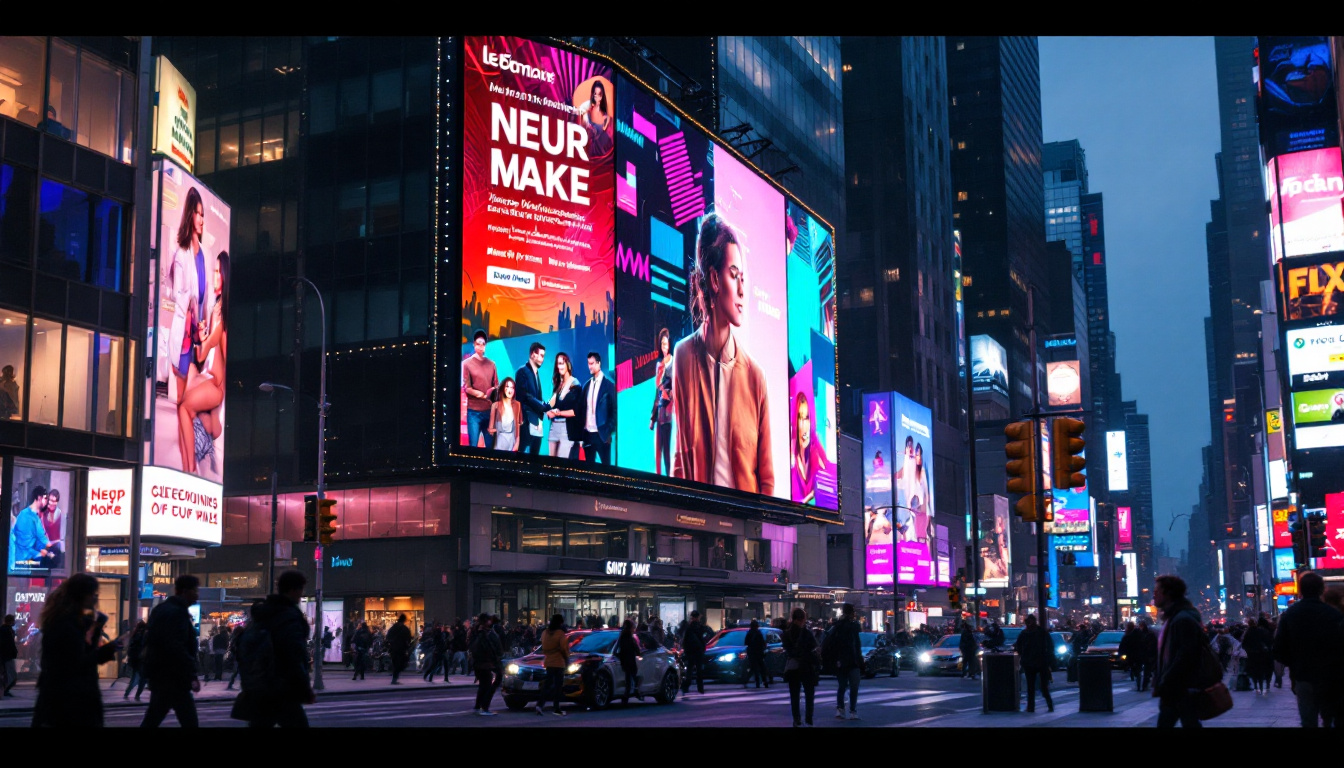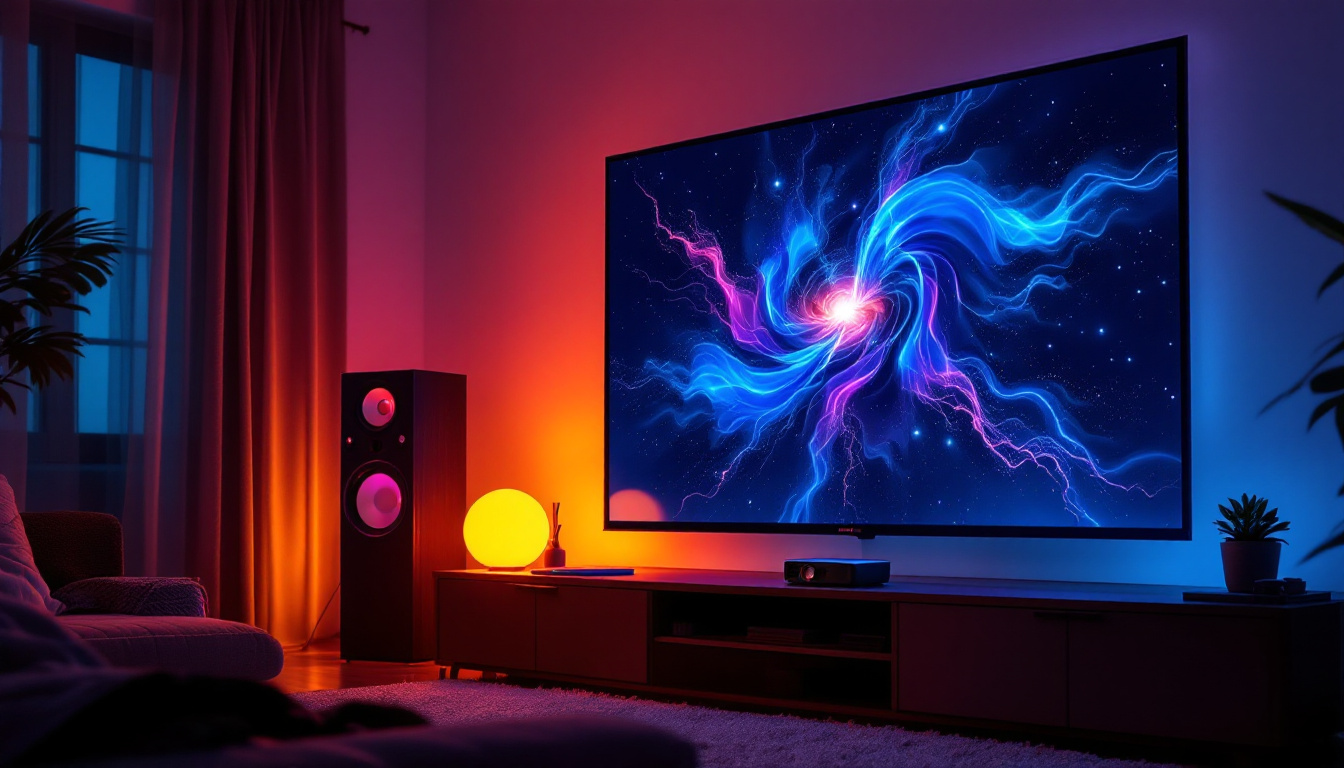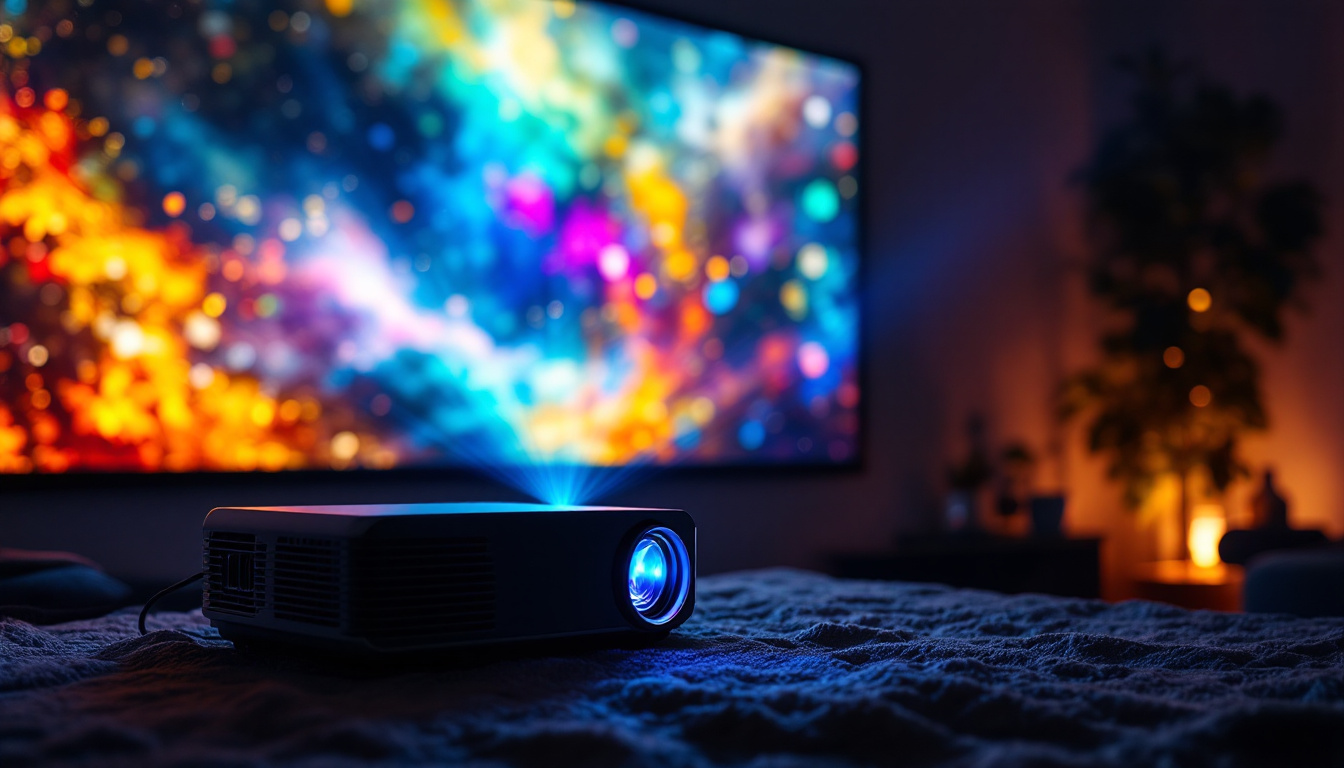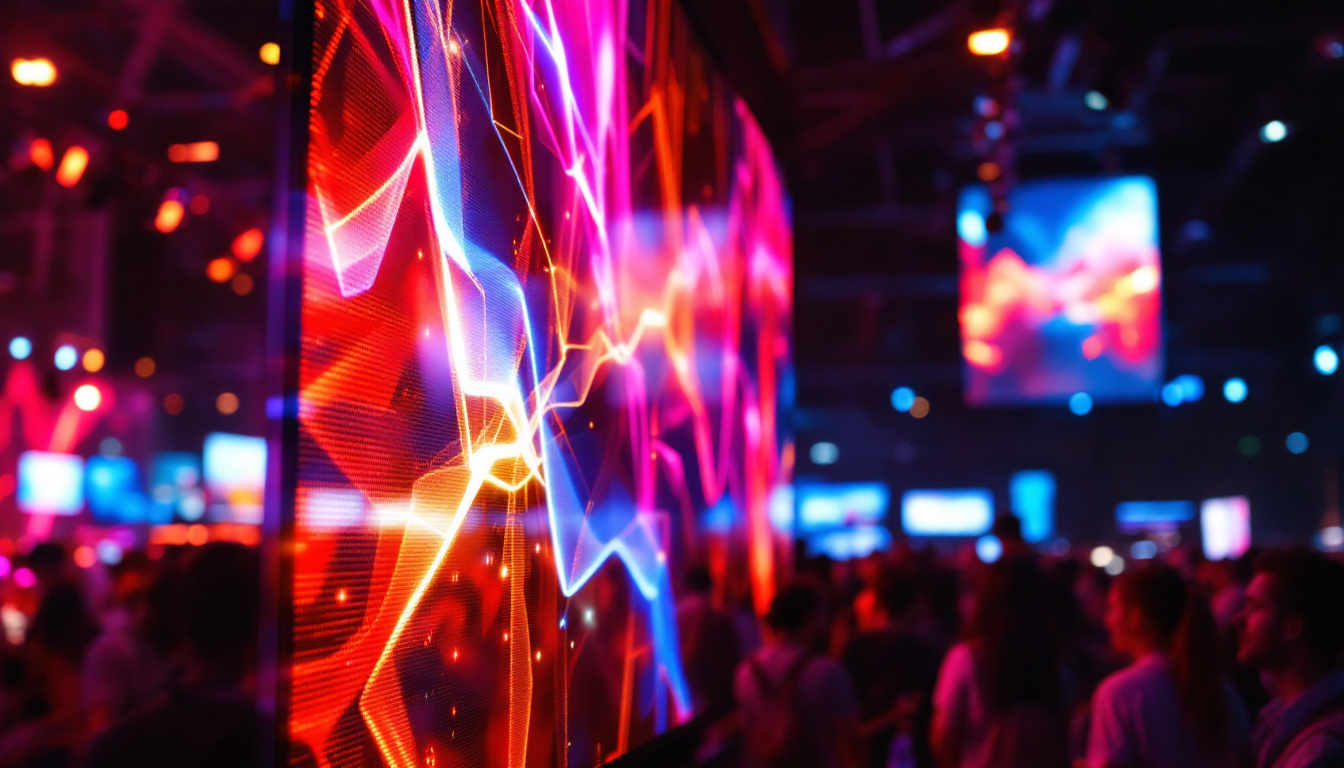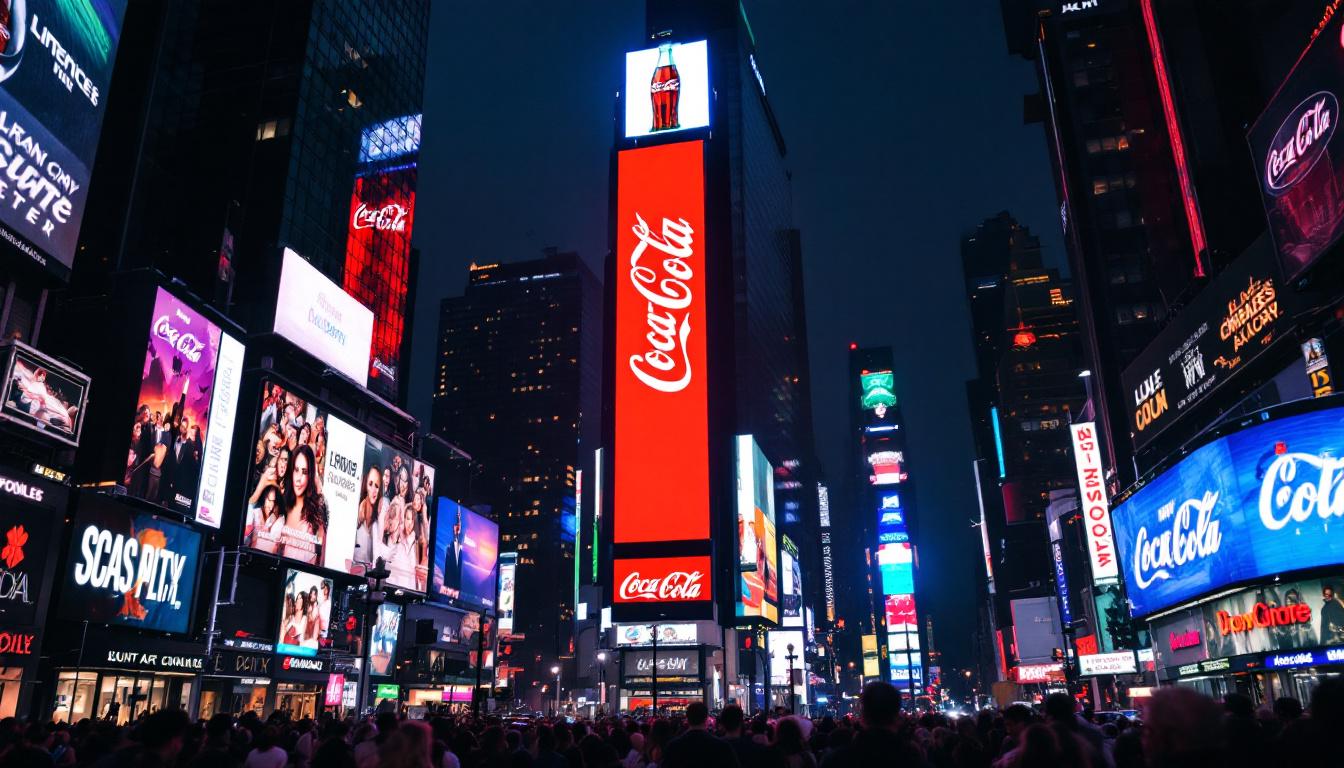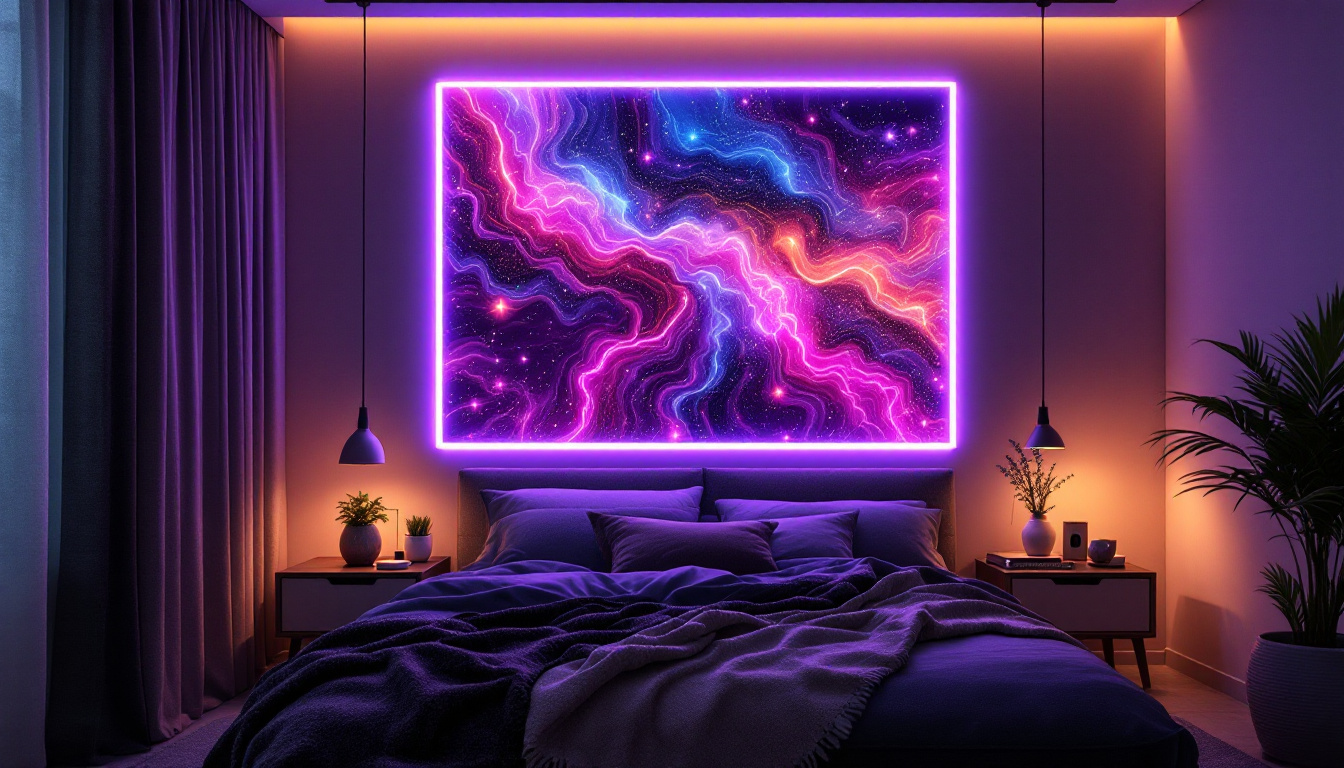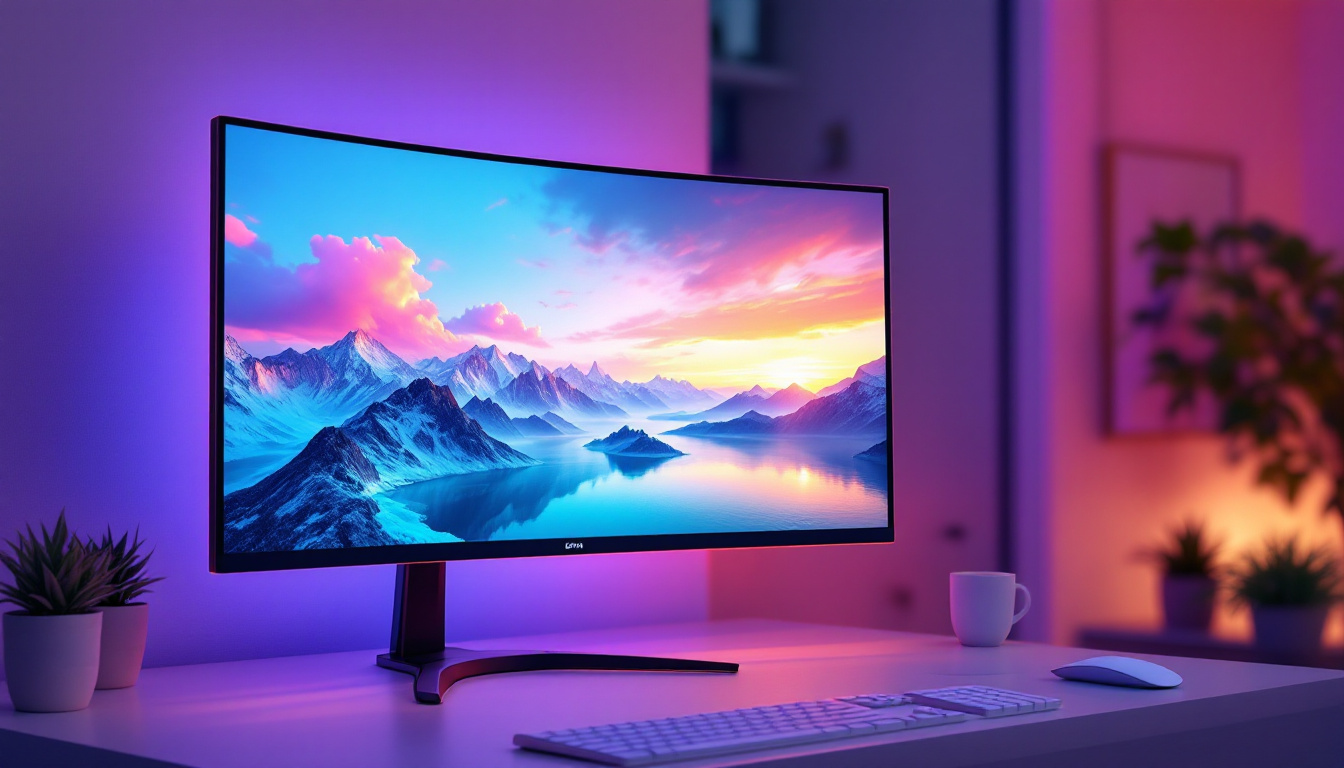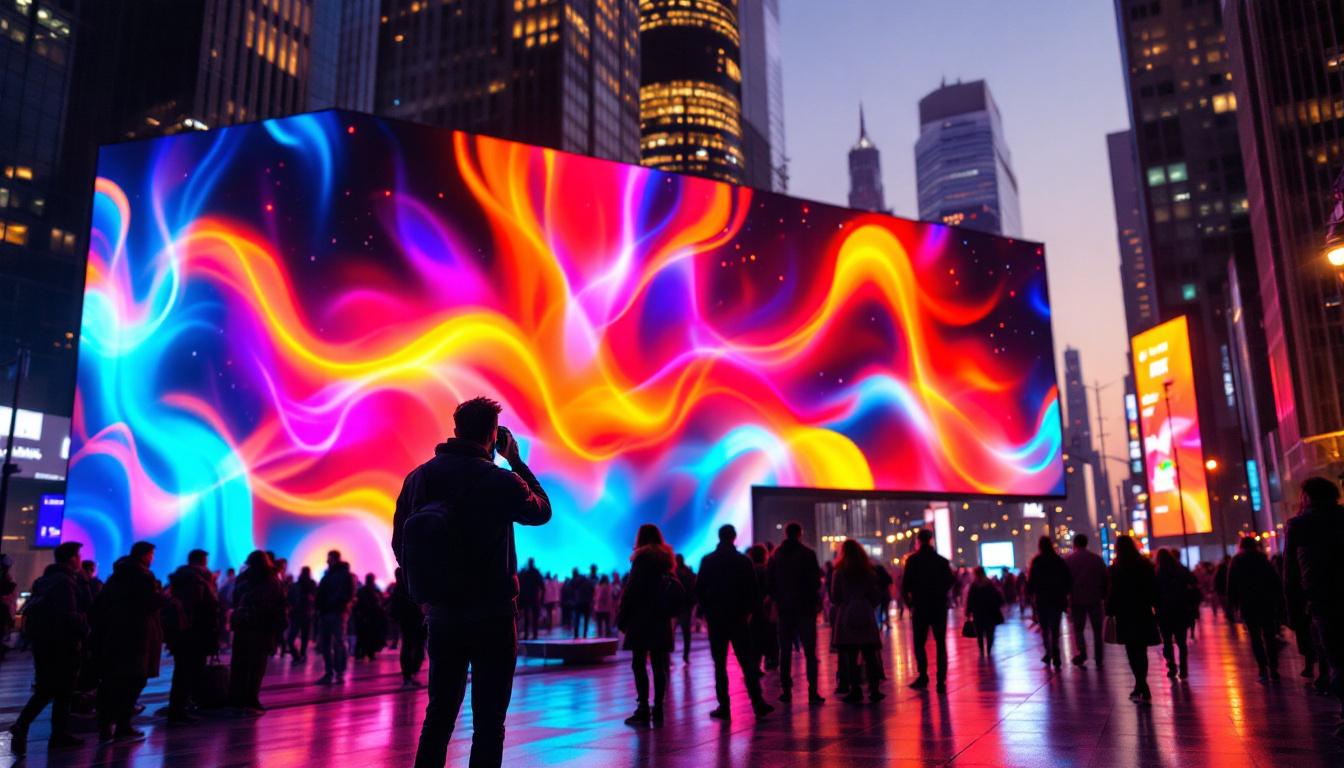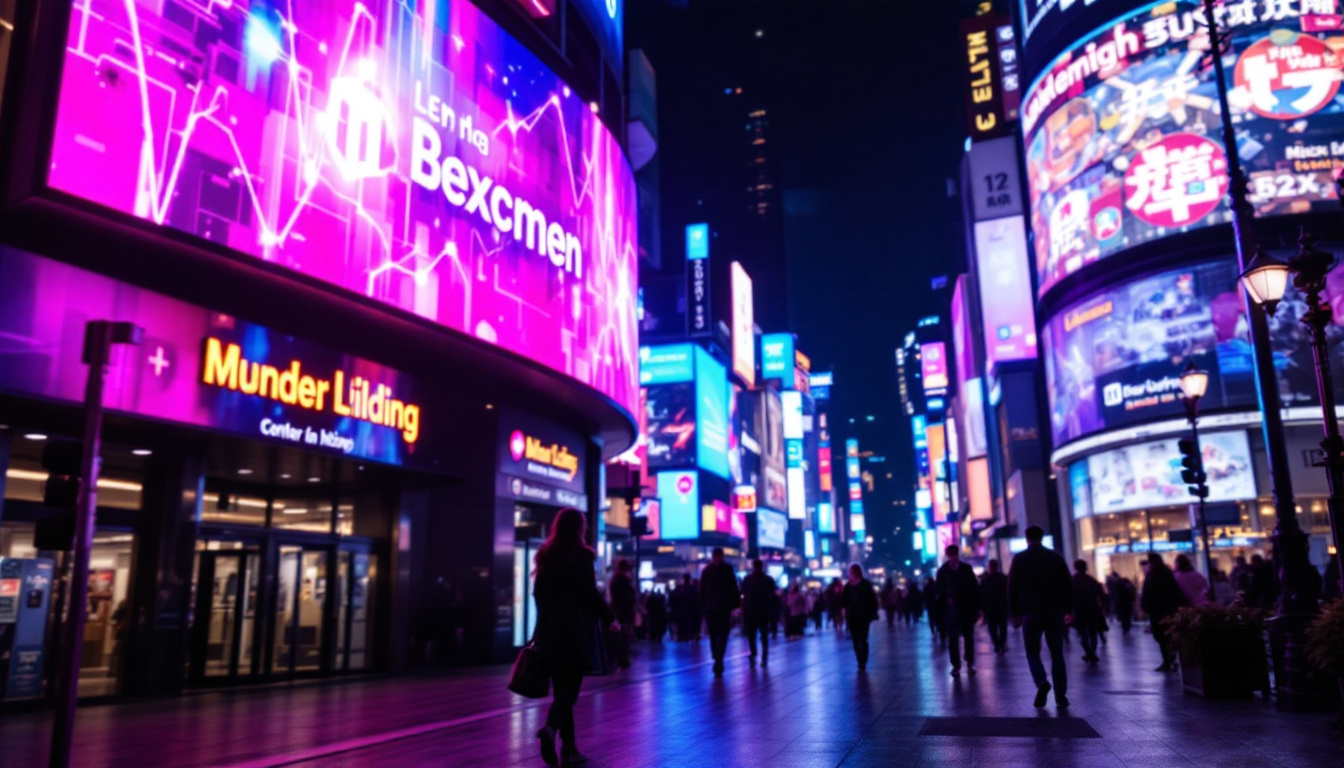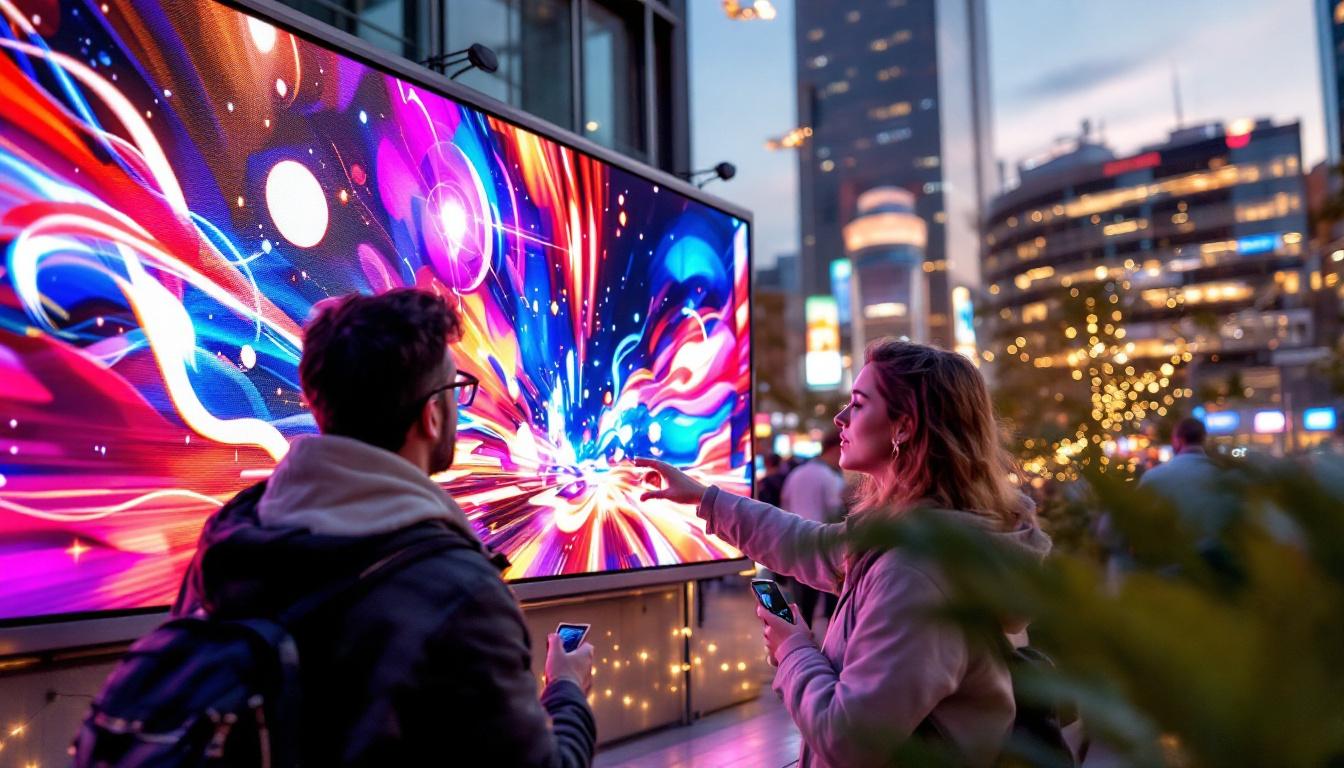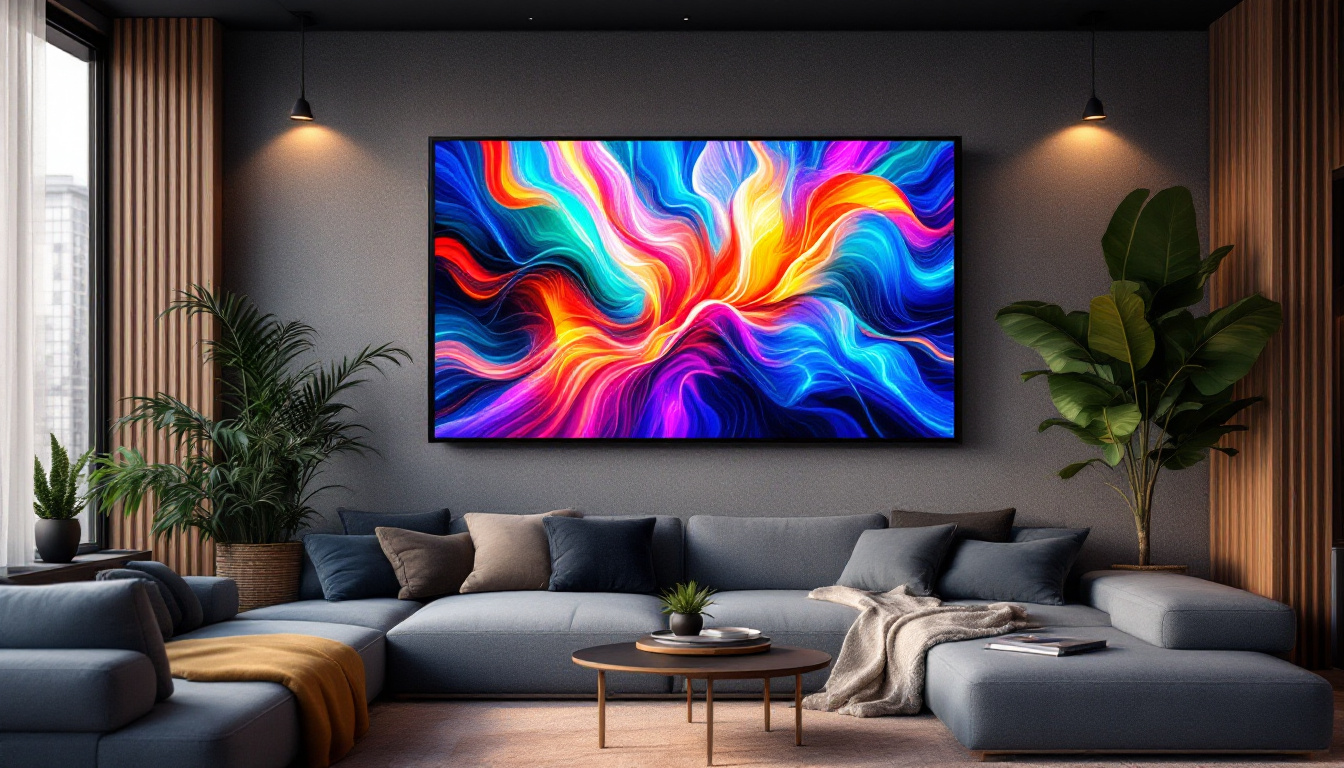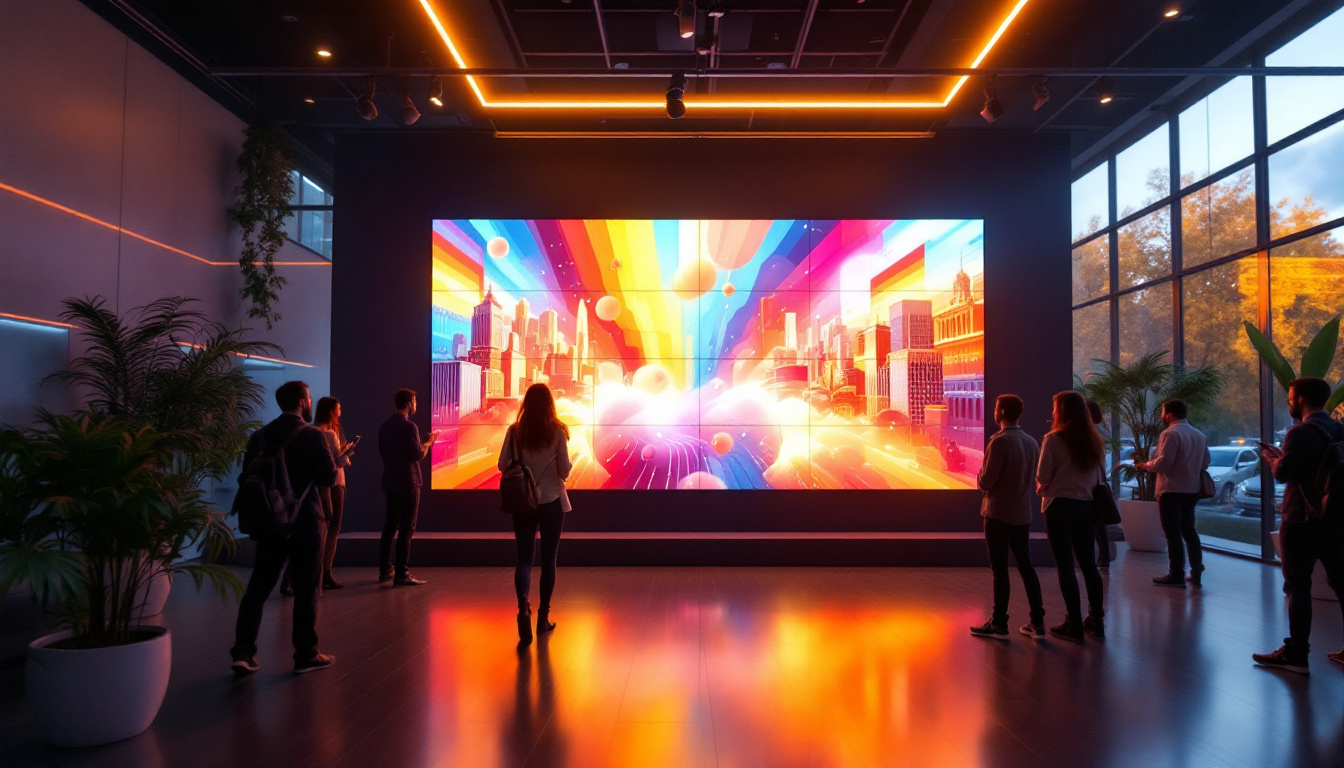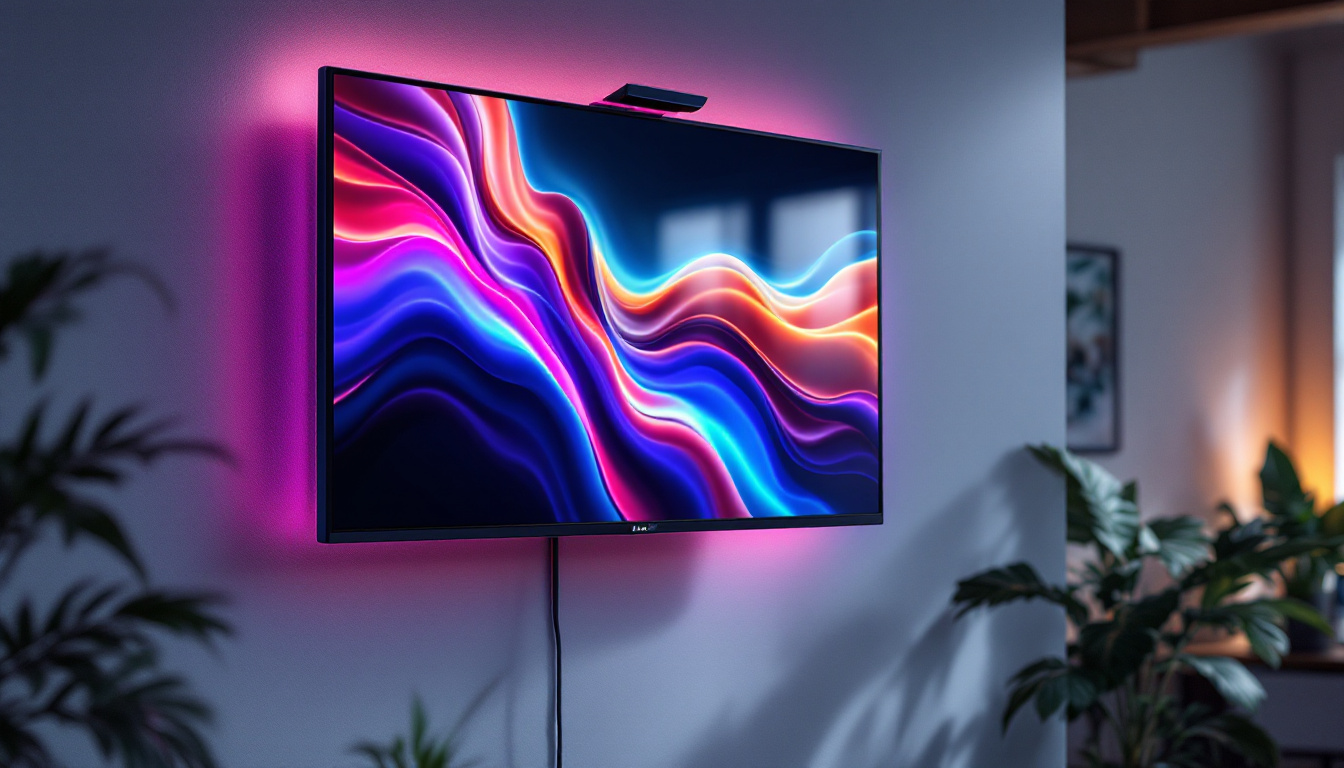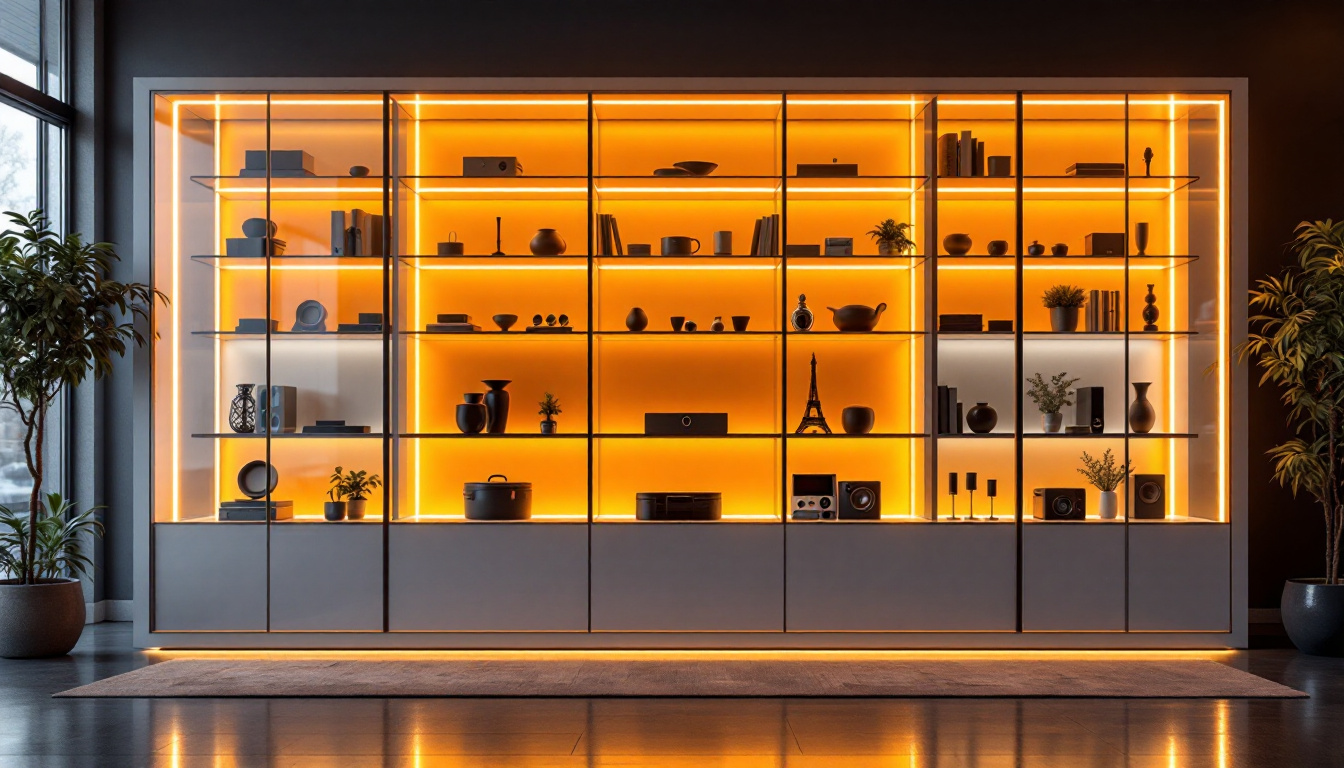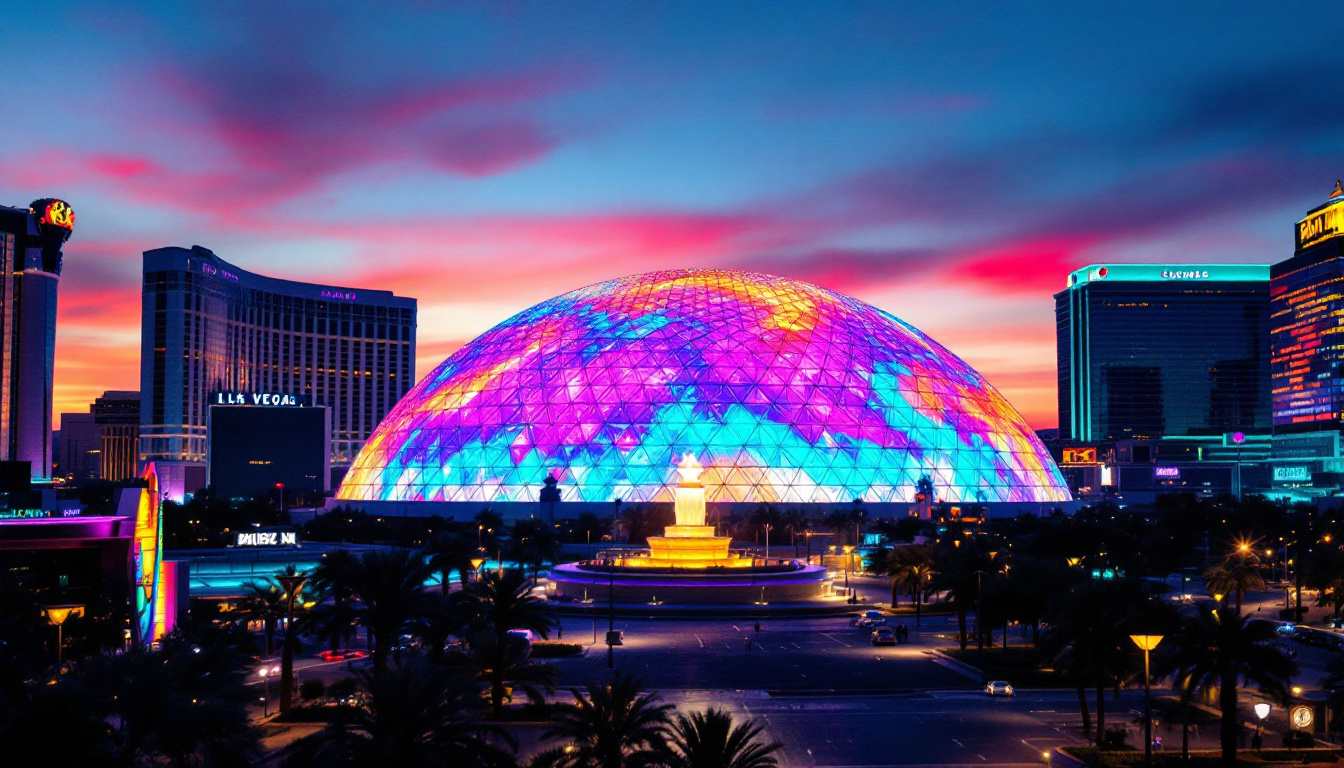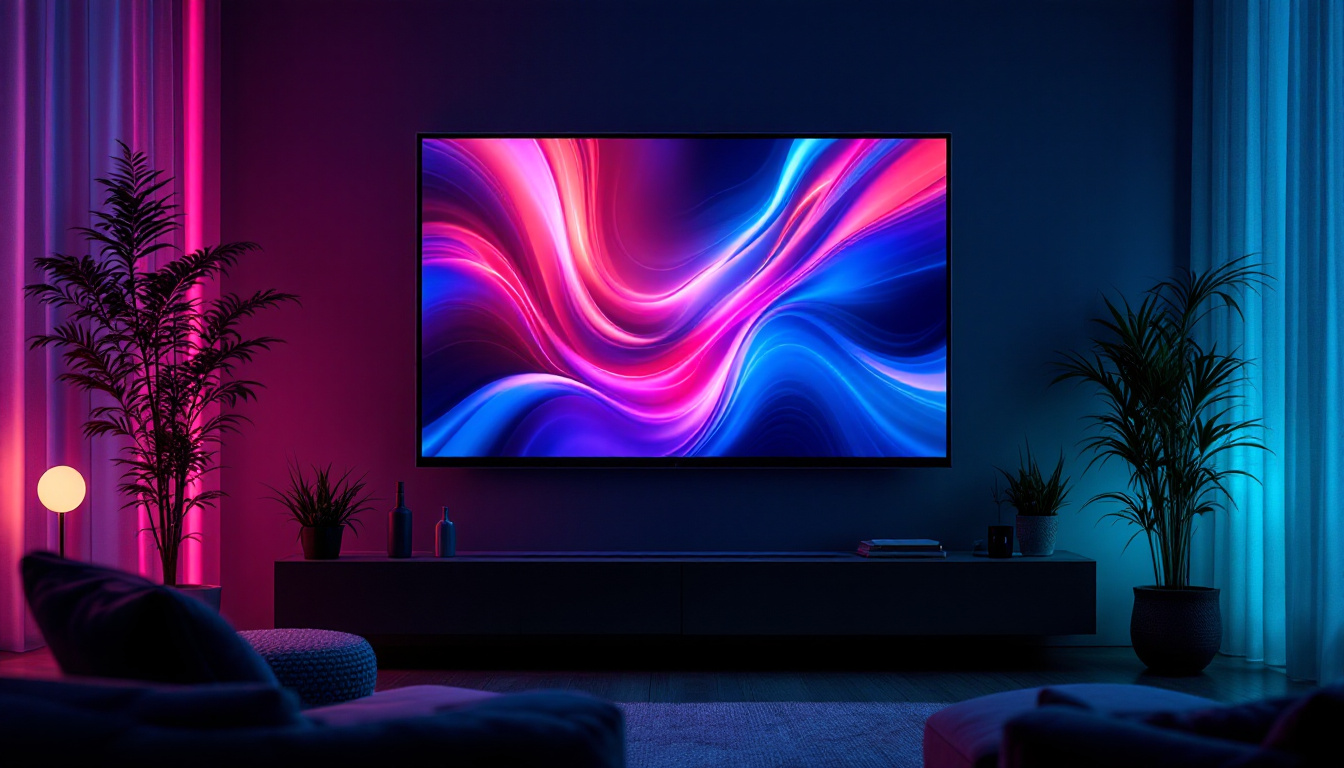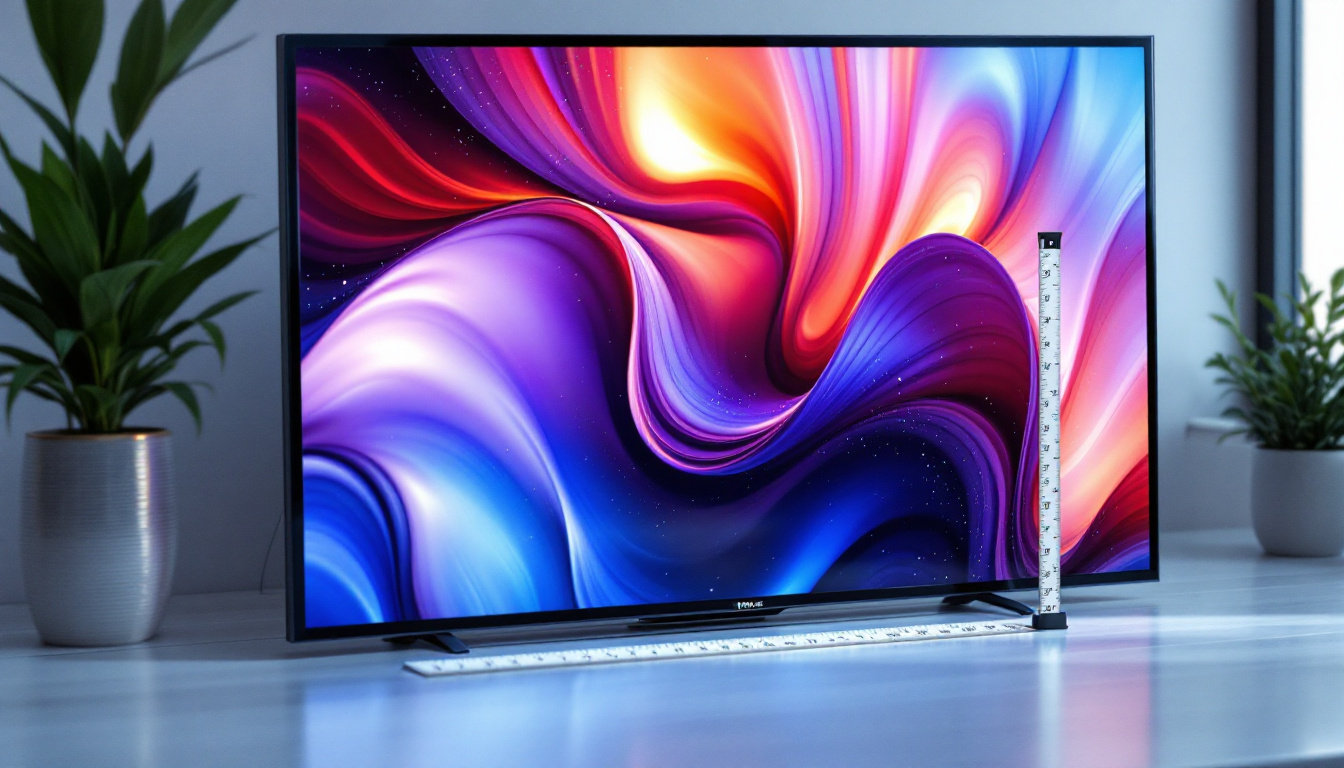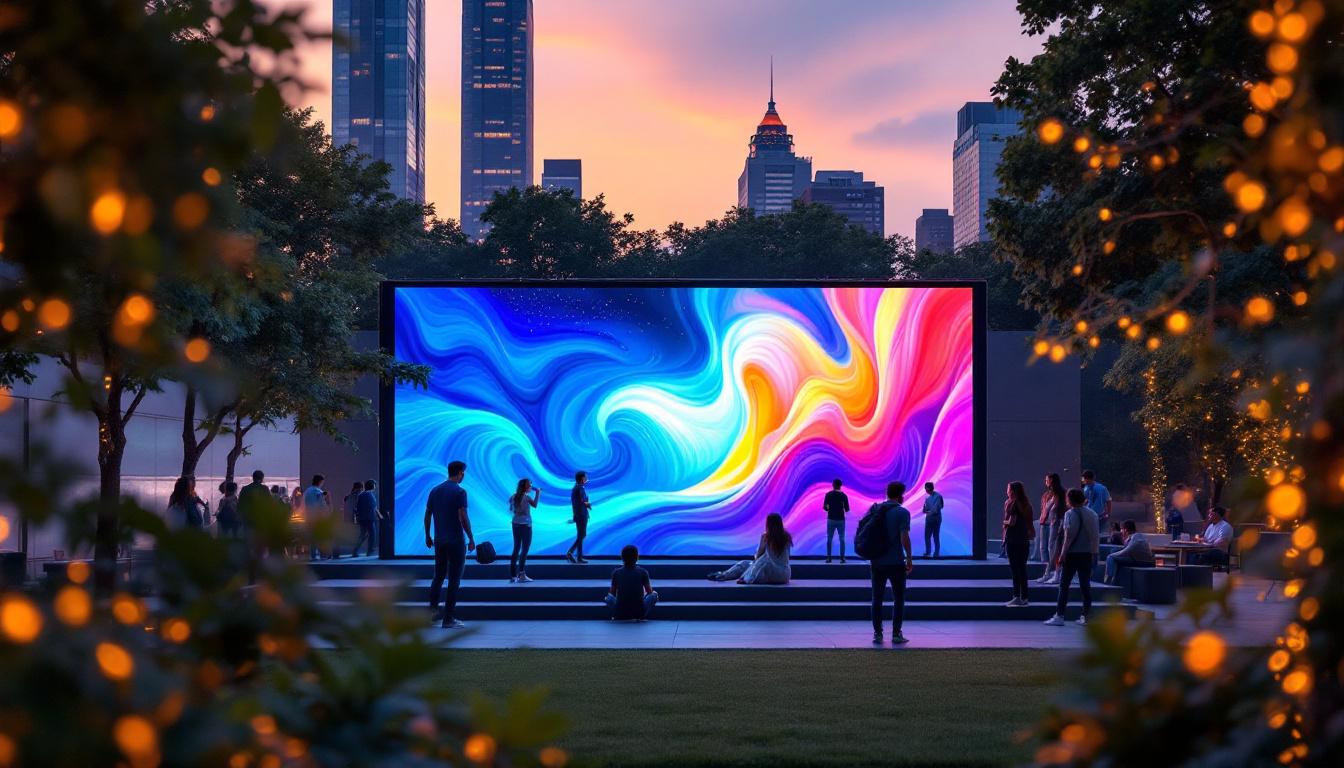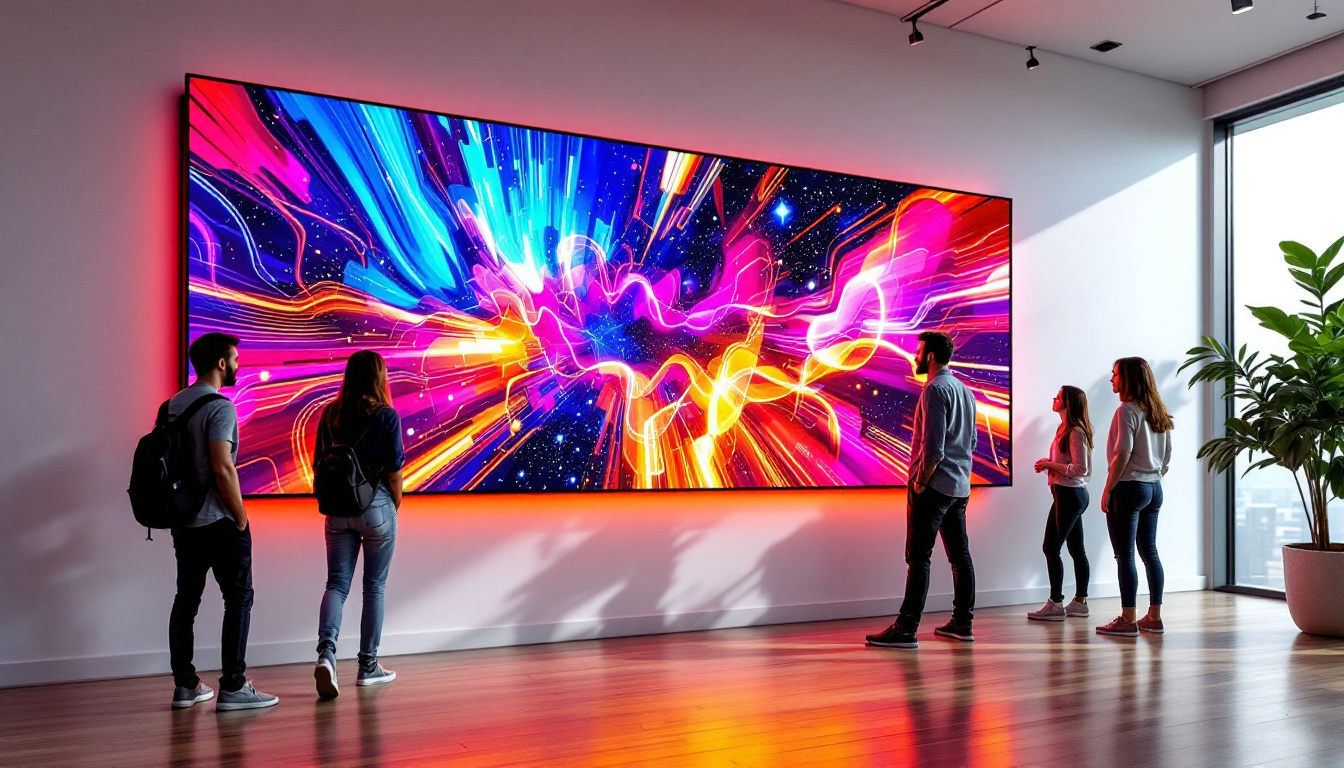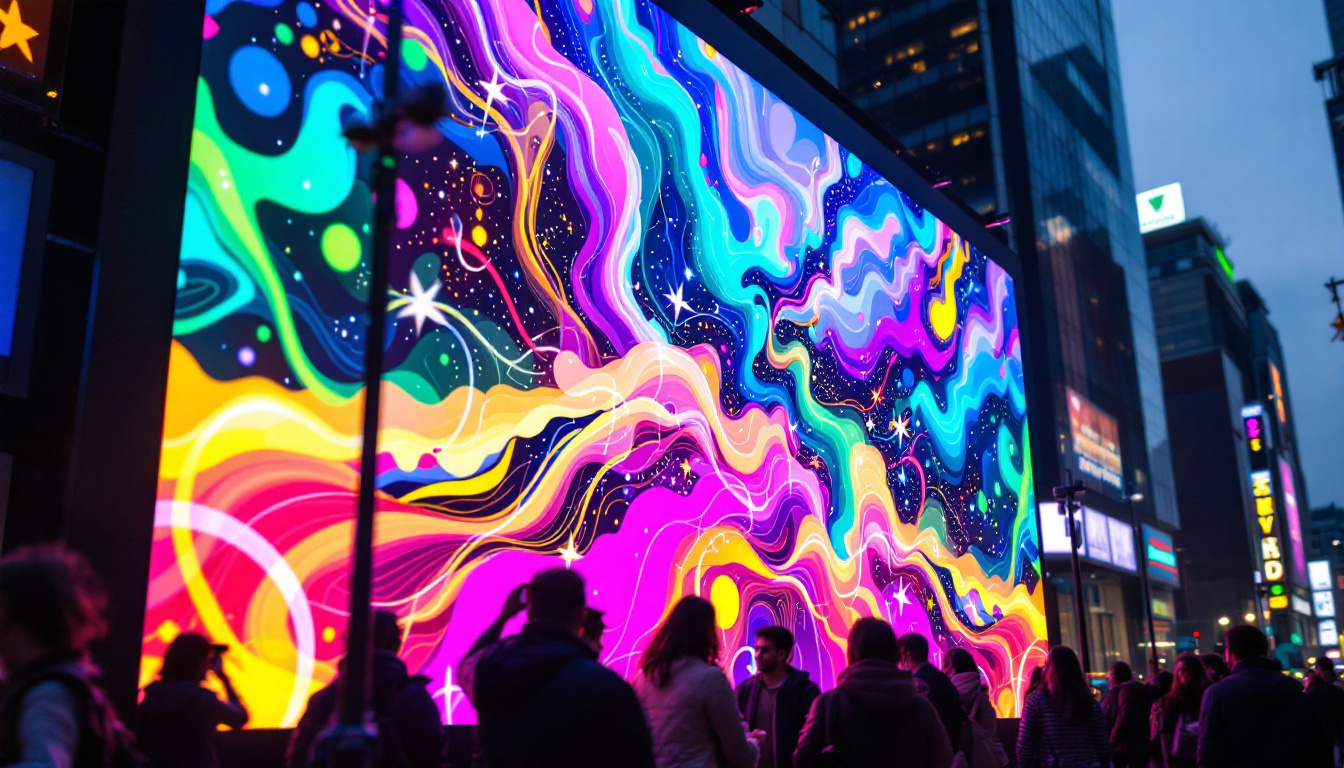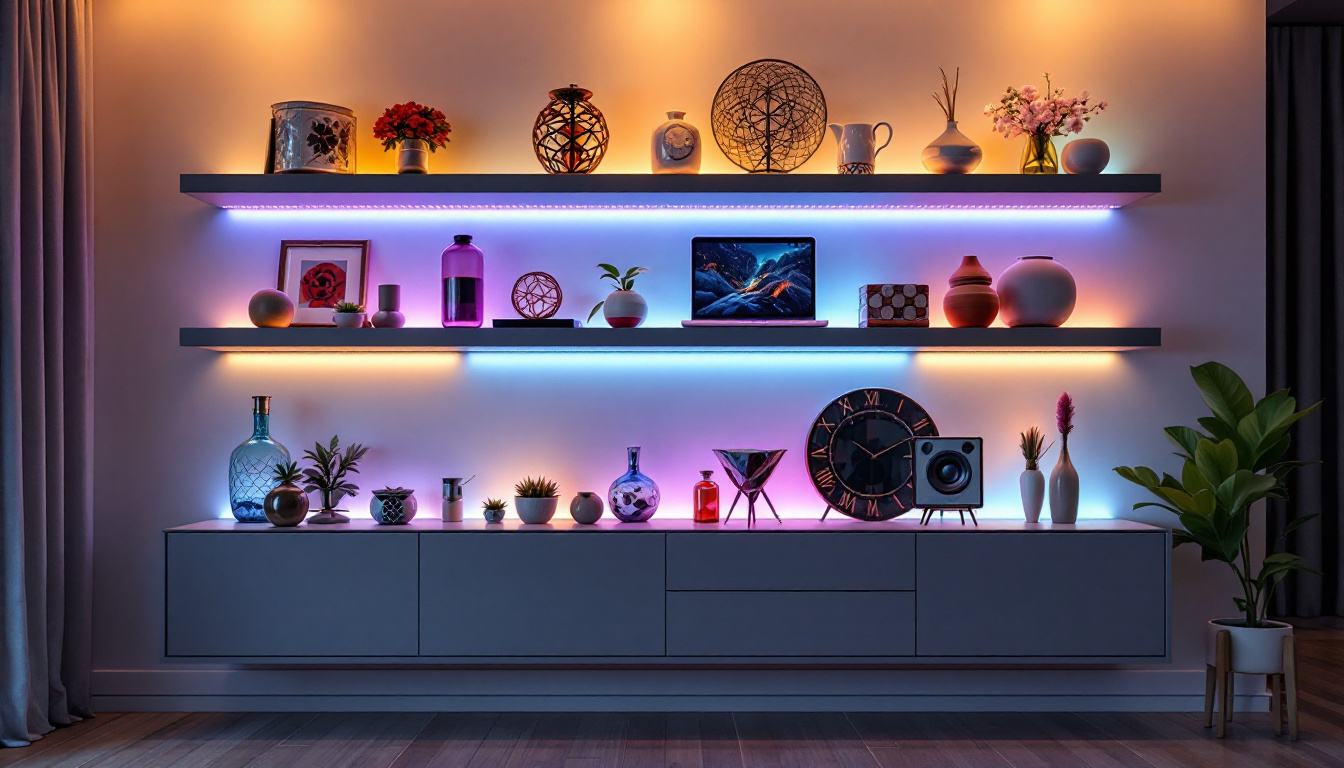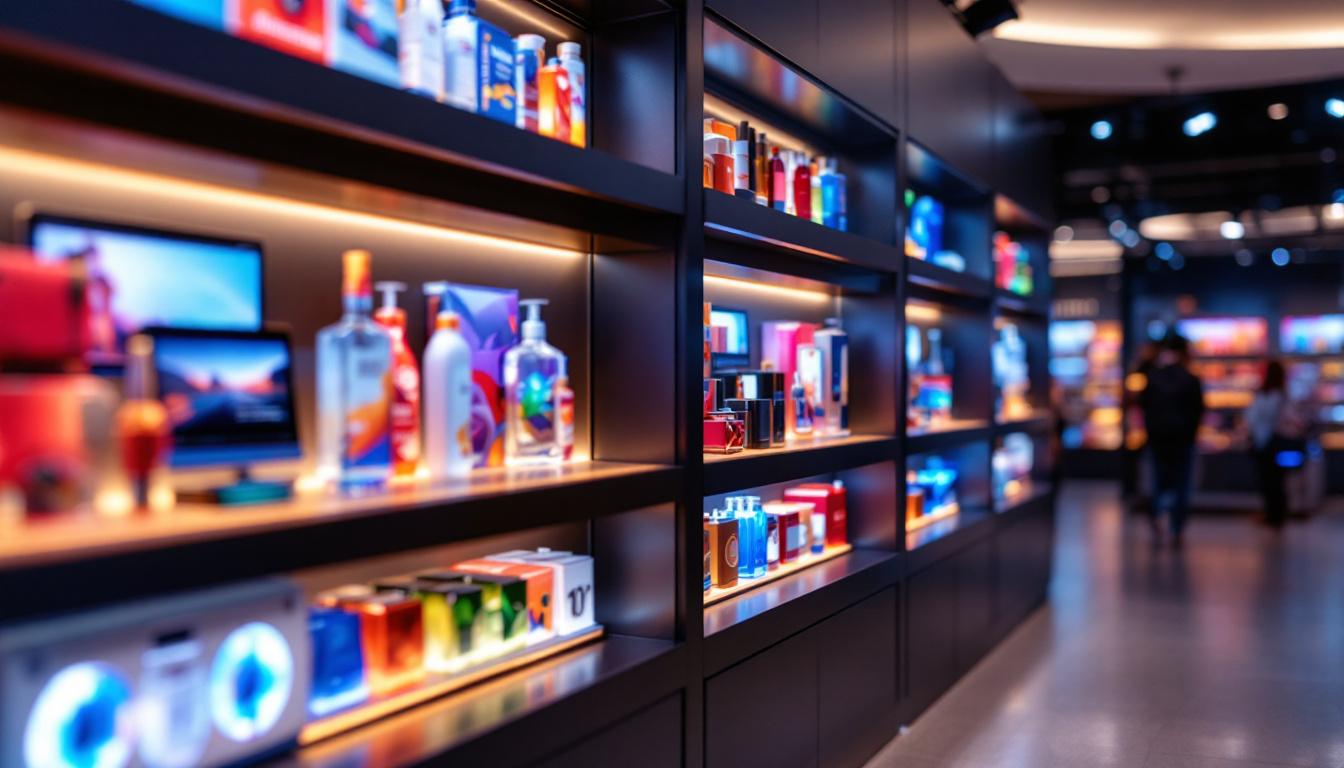In the bustling metropolis of New York City, billboards have become an integral part of the urban landscape. With their bright lights and dynamic displays, LED billboards capture the attention of millions of passersby each day. However, the cost of these digital displays can vary significantly based on several factors. This article delves into the various aspects that influence the pricing of LED billboards in NYC, offering insights into what businesses can expect when considering this advertising medium.
Understanding LED Billboard Costs
LED billboards are not just a trend; they represent a significant investment for businesses looking to enhance their visibility. The costs associated with LED displays can be broken down into several categories, including installation, maintenance, and advertising space rental.
Initial Installation Costs
The initial installation cost of an LED billboard can vary widely, typically ranging from $10,000 to over $100,000. Factors influencing these costs include the size of the billboard, the quality of the LED technology used, and the complexity of the installation process. For instance, larger billboards that require advanced technology will naturally incur higher installation costs.
Moreover, the location plays a crucial role in determining installation expenses. Billboards in high-traffic areas, such as Times Square, may require additional structural support and compliance with local regulations, which can further increase costs. It’s essential for businesses to conduct thorough research and obtain quotes from multiple vendors to ensure they are getting a fair price. Furthermore, the choice of technology can also impact the overall cost; for example, high-resolution displays designed for close viewing will be more expensive than standard models intended for distant viewing. This decision should align with the target audience and the intended message to maximize effectiveness.
Ongoing Maintenance and Operational Costs
Once installed, LED billboards require ongoing maintenance to ensure they operate efficiently. This includes regular cleaning, software updates, and potential repairs. Maintenance costs can range from a few hundred to several thousand dollars annually, depending on the billboard’s size and location.
Additionally, businesses should factor in the cost of electricity. LED displays are generally more energy-efficient than traditional billboards, but they still consume a significant amount of power, especially when operating 24/7. Understanding these ongoing costs is crucial for businesses to accurately budget for their advertising efforts. Beyond electricity, companies may also want to invest in advanced monitoring systems that can track performance metrics, ensuring that the billboard is functioning optimally and providing a good return on investment. This proactive approach not only helps in maintaining the billboard but also enhances the overall effectiveness of advertising campaigns by allowing for timely adjustments based on viewer engagement and feedback.
Rental Costs for Advertising Space
In addition to the costs associated with purchasing and maintaining an LED billboard, businesses must also consider the rental costs for advertising space. These costs can vary significantly based on location, visibility, and the duration of the advertising campaign.
Factors Influencing Rental Costs
Location is perhaps the most significant factor influencing rental costs. Prime locations, such as those near major tourist attractions or busy intersections, command higher prices due to their visibility and foot traffic. For instance, a billboard in Times Square can cost upwards of $50,000 per month, while a less trafficked area may only charge a few thousand dollars.
Moreover, the duration of the advertising campaign can also affect rental costs. Short-term campaigns may incur higher monthly rates, while long-term contracts often come with discounts. Businesses should assess their advertising goals and budget to determine the most cost-effective approach. Additionally, seasonal fluctuations can impact pricing; for example, advertising during peak tourist seasons or major local events may lead to increased rental costs as demand surges.
Target Audience and Engagement
Understanding the target audience is crucial when considering rental costs. Billboards that reach a more desirable demographic may justify higher rental prices. For example, if a brand is targeting young professionals, a billboard located near business districts may be more valuable than one in a residential area.
Furthermore, the engagement level of the billboard plays a role in its rental cost. Billboards that incorporate interactive elements or real-time data can command higher rates due to their ability to engage viewers more effectively. Businesses should evaluate the potential return on investment when considering these factors. The integration of technology, such as QR codes or social media interactivity, can enhance viewer engagement and provide measurable results, making these billboards not just advertising tools but also platforms for customer interaction. Such innovations can lead to increased brand awareness and customer loyalty, further justifying the higher rental costs associated with these advanced advertising solutions.
Comparing LED Billboards to Traditional Billboards
When evaluating advertising options, businesses often compare LED billboards to traditional static billboards. While both have their advantages, the costs and benefits can differ significantly.
Cost Analysis
Traditional billboards typically have lower initial costs, ranging from $1,500 to $10,000 for installation. However, they lack the dynamic capabilities of LED displays, which can showcase multiple ads and change content in real-time. This flexibility often results in higher engagement and, potentially, a better return on investment.
On the other hand, while the initial costs of LED billboards are higher, they can be more cost-effective in the long run due to their ability to display multiple advertisements and their lower maintenance needs compared to traditional billboards. Additionally, LED billboards can be programmed to run targeted advertisements based on time of day or audience demographics, optimizing the ad spend further. This advanced targeting capability allows businesses to tailor their messaging, ensuring that they reach the right audience at the right time, which can be a game-changer in competitive markets.
Impact and Engagement
LED billboards have a clear advantage in terms of impact. Their bright, animated displays can capture attention more effectively than static images. Studies have shown that digital billboards can increase ad recall and consumer engagement, making them a preferred choice for many advertisers. The ability to incorporate video and motion graphics can create a more immersive experience, drawing viewers in and holding their attention longer than traditional formats.
However, traditional billboards still hold value, particularly in areas where digital displays may not be permitted or where audiences prefer simpler, less distracting advertising. Businesses should consider their target demographics and the nature of their products when choosing between these two options. For instance, in rural areas or smaller towns, traditional billboards may resonate more with the community, fostering a sense of familiarity and trust. Moreover, the tactile nature of printed materials can evoke nostalgia, which can be a powerful emotional trigger for certain brands. Understanding the local culture and consumer behavior is essential in making the right choice between these two advertising mediums, as it can significantly influence the effectiveness of the campaign. Furthermore, the environmental impact of both options is also worth considering, as LED technology often promotes energy efficiency and sustainability, appealing to eco-conscious consumers.
Legal Considerations and Regulations
Advertising in New York City comes with a set of legal considerations and regulations that businesses must navigate. Understanding these regulations is essential to avoid fines and ensure compliance.
Permitting and Zoning Laws
Before installing an LED billboard, businesses must obtain the necessary permits from the city. This process can be complex, as zoning laws dictate where billboards can be placed. Areas with high foot traffic may have stricter regulations, and businesses should consult with local authorities to ensure compliance.
Additionally, some neighborhoods may have specific restrictions on the brightness and size of LED displays to minimize light pollution and maintain the character of the area. Understanding these regulations is crucial for businesses to avoid costly fines and ensure a smooth installation process.
Content Regulations
Content displayed on billboards is also subject to regulation. Certain types of advertisements, such as those promoting alcohol or tobacco products, may face additional restrictions. Businesses should familiarize themselves with these regulations to ensure their advertisements comply with local laws.
Moreover, the content must not be misleading or offensive, as this could lead to legal repercussions. Working with legal experts in advertising law can help businesses navigate these complexities and ensure their campaigns are compliant.
Return on Investment (ROI) for LED Billboards
When considering the costs associated with LED billboards, businesses must also evaluate the potential return on investment. Understanding how to measure ROI can help in making informed decisions about advertising strategies.
Measuring Effectiveness
One of the most effective ways to measure the ROI of an LED billboard campaign is through tracking engagement metrics. This can include monitoring website traffic, social media interactions, and even sales data during the campaign period. Utilizing tracking tools and analytics can provide valuable insights into the effectiveness of the advertising efforts.
Furthermore, businesses can conduct surveys to gauge brand awareness before and after the campaign. This qualitative data can complement quantitative metrics, providing a more comprehensive view of the campaign’s impact.
Long-Term Benefits
While the initial costs of LED billboards may be high, the long-term benefits can outweigh these expenses. Increased brand visibility, enhanced consumer engagement, and the ability to reach a broader audience can lead to sustained growth and higher sales over time.
Moreover, as digital advertising continues to evolve, businesses investing in LED billboards may find themselves ahead of the curve, adapting to new trends and technologies that can further enhance their advertising strategies.
Conclusion
Investing in LED billboards in New York City can be a significant financial commitment, but the potential rewards are substantial. By understanding the various costs involved, including installation, maintenance, and rental fees, businesses can make informed decisions about their advertising strategies.
Additionally, navigating the legal landscape and measuring the return on investment are crucial steps in ensuring a successful billboard campaign. As the advertising landscape continues to evolve, LED billboards remain a powerful tool for businesses looking to capture the attention of consumers in one of the world’s most vibrant cities.
Ultimately, whether opting for LED or traditional billboards, businesses must carefully consider their goals, target audience, and budget to maximize their advertising efforts and achieve lasting success.
Discover LumenMatrix LED Display Solutions
Ready to illuminate your brand with the vibrant power of LED advertising? LumenMatrix is at the forefront of LED display technology, offering a diverse range of solutions tailored to your unique needs. From Indoor and Outdoor LED Wall Displays to innovative options like Vehicle LED Displays and LED Transparent Displays, we have the tools to transform your visual communication. Elevate your advertising strategy and create unforgettable experiences with our cutting-edge LED solutions. Check out LumenMatrix LED Display Solutions today and let your message shine in the heart of New York City.

